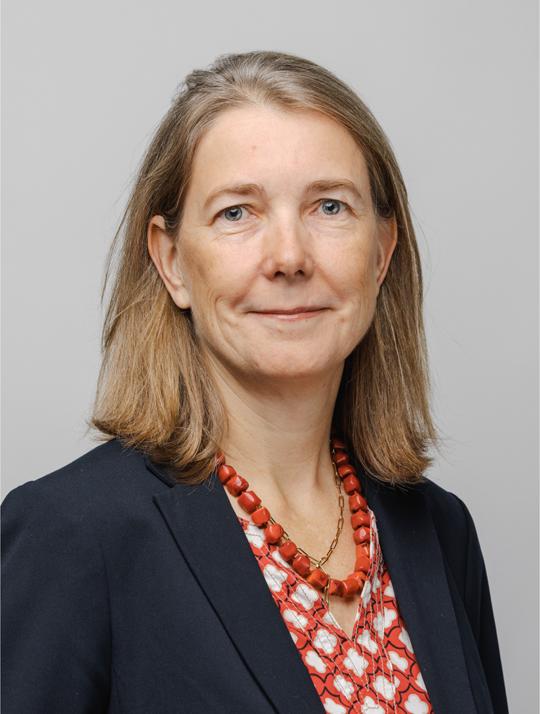No CrossRef data available.
Regional Director for the Americas, ICRC
Published online by Cambridge University Press: 08 February 2023

Sophie Orr oversees International Committee of the Red Cross (ICRC) operations in North, Central and South America (the ICRC Americas Region), providing strategic steering for the organization's response and contributing to humanitarian diplomacy efforts at different levels. The delegations and missions in the region work on addressing a wide range of needs of people affected by present and past situations of conflict and armed violence.
Prior to her appointment as Regional Director for the Americas, Ms Orr worked in many different and often complex environments, first as a foreign affairs producer and journalist with the UK's Channel 4 News. She has previously worked for the ICRC in several countries, mainly in protection and management positions, and later at headquarters, first as Strategic Adviser to the Director of Operations from 2012 to 2016 and then leading the ICRC's operational cooperation with National Red Cross and Red Crescent Societies and their International Federation.
The advice, opinions and statements contained in this article are those of the author/s and do not necessarily reflect the views of the ICRC. The ICRC does not necessarily represent or endorse the accuracy or reliability of any advice, opinion, statement or other information provided in this article.
1 UNODC, Global Study on Homicide 2019, Vienna, 2019, Booklet 1, Executive Summary.
2 NIACs are conflicts between State armed forces and non-State armed groups, or between non-State armed groups.